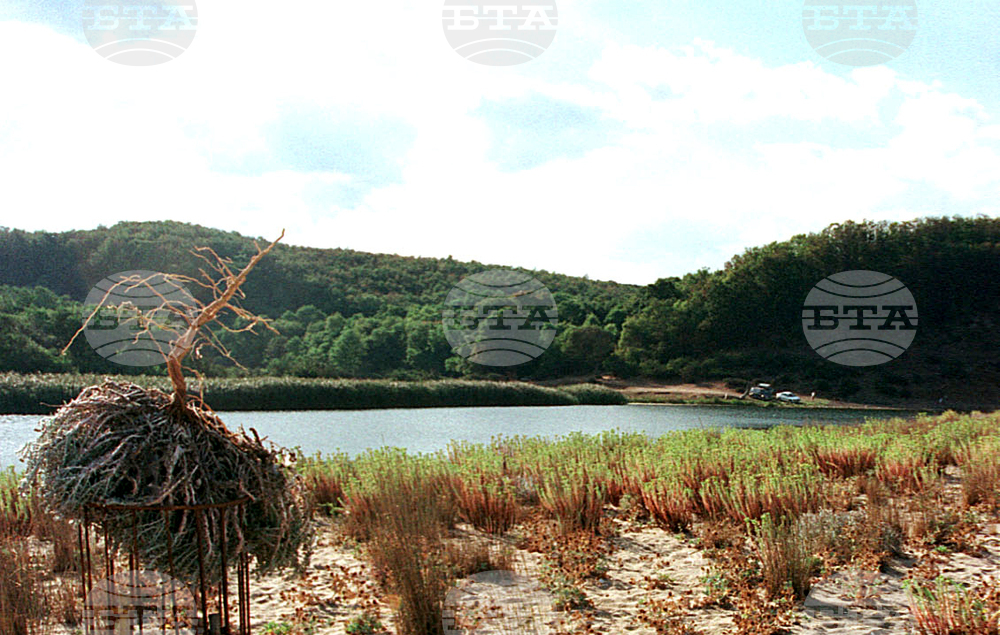site.btaJanuary 24, 1995: Strandja Nature Park Established


The Strandja Nature Park was established on January 24, 1995, by order of Bulgaria’s Environment Ministry to protect the biodiversity around the Veleka and Rezovska rivers and support the sustainable development in the area. The park is located in the Strandja Mountain in the southeasternmost part of Bulgaria.
Covering 116,136 hectares, Strandja Nature Park is the largest protected area in Bulgaria. It includes five reserves, 19 protected areas, and six natural landmarks. What sets the park apart is the number of areas with individual protection statuses it encompasses and the fact that it is the only one in Bulgaria with an outlet to the Black Sea.
The park's territory hosts 21 settlements with a population of around 7,000 people. The entire municipality of Malko Tarnovo, most of Tsarevo municipality, and a small portion of Primorsko municipality fall within the borders of the protected area, according to the Strandja Nature Park’s website.
In terms of biological diversity, Strandja Nature Park is the only place in both Bulgaria and the European Union where dry heath scrublands are found. The park also hosts 1,666 species and 54 subspecies of higher fern, equisetum, and seed plants.
In addition to its rich flora, the park is home to a variety of unique animal species. One example is the spider Harpactea strandjica, named for its exclusive presence in the region. Another is the damselfly Calopteryx virgo, which differs morphologically from populations elsewhere in Europe, leading scientists to classify the Strandja population as a separate subspecies. Overall, the park is home to 164 invertebrate species of conservation importance.
Strandja Nature Park also has the richest vertebrate fauna of all protected Bulgarian areas, with 404 species. It is home to 66 species of mammals, including 13 bat species and 8 rodent species listed in the World Red Data Book. Common large mammals in the park include does, royal stags, wolves, wild boars, jackals, foxes, badgers, and weasels. The park has one of the largest populations of otters and wild cats in Europe. It also hosts rare species such as the ground squirrel and the Vormela peregusna.
The park is also a haven for bird life, with 269 species recorded, representing two-thirds of Bulgaria’s bird species.
Strandja ranks first in Europe in terms of its fishing resources. The park is home to 41 species of freshwater and passage fish and 70 coastal species. There are 10 species of amphibians, more than half of Bulgaria's total, and 24 species of reptiles, representing 70% of the reptile diversity in this country. Thirteen of these reptile species have global conservation importance.
/IV/
news.modal.header
news.modal.text